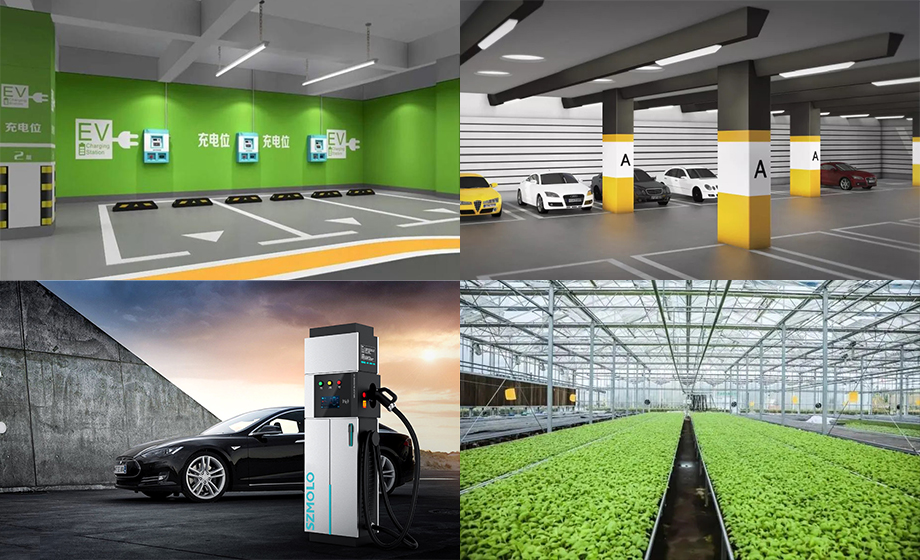Millimeter wave radar sensor charging pile parking space occupancy detection agricultural material level detection, with the rapid development of the electric vehicle industry, the number of electric vehicle charging piles is also growing rapidly. After charging is complete, the driver may forget to go back or turn off the charging plug. If the charging station is still working after the vehicle has left, it may pose a safety risk. At the same time, shutting down or dormant charging piles in time when there are no vehicles in the parking space can also play a role in energy saving and emission reduction. By installing a millimeter-wave radar sensor above the charging pile, it can accurately detect whether there is a vehicle in the parking space. When the vehicle enters, the charging pile can be woken up in advance to enter the working state. After the vehicle leaves the parking space, it can sleep in time to reduce the use risk and energy consumption.

Advantages of millimeter wave radar sensor solution:
1. The ranging stability is high, and the false alarm rate is significantly lower than that of ultrasound and other schemes.
2. Small FOV, more accurate ranging, not affected by adjacent parking spaces or objects.
3. Small size, easy to integrate in the charging pile, and cost-effective.
Material level detection is widely used in agriculture, feed, chemical and other industries. The existing material level detection or monitoring methods have a low degree of automation, and more than 80% still use the method of manually climbing to the top of the material tank for inspection. Not only is it inefficient, but it also poses a high risk to personal safety. By installing the millimeter-wave radar sensor above the inside of the material tank, the material level height can be detected in real time, and the data can be fed back to the background. Effective data can improve the efficiency of production line production or material transportation.
actual case:
A customer in Guangdong installed a millimeter-wave radar sensor on the top of the ceramic tank, which can obtain the material location information of each tank on the production line in real time, reducing the cost and risk of manual inspection, and reducing the number of times the production line stops running due to waiting for material filling, Greatly improved production efficiency.
A client in Brazil is a farm. Millimeter-wave radar sensors are installed in each tank on the farm to detect the amount of grain or feed in real time. Information can be provided to feed manufacturers in the background. Terminal manufacturers can master and predict feed consumption, rationally arrange transportation routes, and improve transportation efficiency and farm operation efficiency.
Product advantages:
1. Performance: small beam divergence angle, small viewing angle, no multi-echo interference; small size, light weight, easy integration and installation;
2. Power consumption: in low power consumption mode, the power consumption is less than 100mw; it can be powered by battery, the battery replacement frequency is low, and the labor input is reduced;
3. Price: 40m range products are priced within 1,000 yuan, and the general price of radar level gauges with the same range is not less than 4,000 yuan;
4. Dust removal: LM40 products have their own dust removal parts, and some products can choose dust removal parts without manual cleaning. The service life of the dust removal parts at room temperature is not less than 80,000 times, which solves the problem of material position detection and material hanging;
Applicable scene:
Mineral raw materials, grain raw materials, agricultural raw materials, industrial raw materials, etc.



